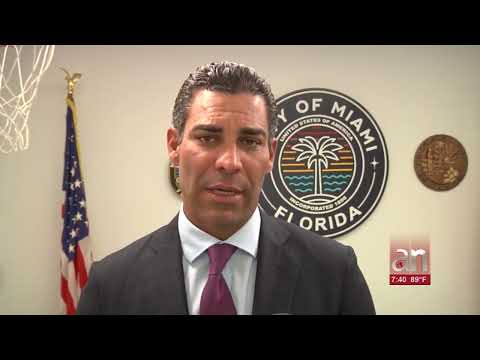NEW YORK — With nearly 40 percent of the U.S. population facing heat advisories this week, people in urban areas are more likely to experience higher temperatures, with New York City having the highest average heat index. Urban Heat Island (UHI) of 44 large cities that were analyzed by Climate Central.
That means that on a 90°F day in rural upstate New York, people living or working in midtown Manhattan with a UHI value of 8.6°F would experience temperatures of at least 98.6°. F.
The city of Newark ranked second (8.4 °F) when the UHI index values were averaged over the total area of the city, according to the analysis published Wednesday by the nonprofit group of scientists. The average UHI per capita index was lowest in Wichita (7.2 °F) and highest in New York (9.5 °F), followed by San Francisco (8.8 °F), Chicago and Miami (8.3 °F), and Seattle (8.2 °F). ), according to the analysis.

But what makes the heat so much worse (around 15 to 20 degrees) in our cities compared to rural areas, and what can be done to alleviate the extreme heat that is expected to get worse due to climate change?
The urban heat island effect
Cities are generally hotter due to the simple fact that about 85% of the people in the country live in metropolitan areas, according to the National Climate Assessment.
When you add in the number of buildings and other hard, dark surfaces that reflect sunlight, the heat gets worse. Those reflections are called albedo and are considered the biggest influence on what is known as the urban heat island effect.
Other aspects of city life, such as the heating and cooling of such buildings, transportation, and industrial facilities, also contribute to the urban heat island effect. According to Climate Central, air conditioning can add 20% more heat to the outside air.
The layouts of each city also play a huge role in how these hot spots are distributed, the Climate Central analysis found. New York City and Newark are considered to be dominated by expanding heat intensity, which means that high UHI values are not concentrated in one area but rather dispersed.
Some cities like Philadelphia, Albuquerque, and Las Vegas have heat intensity concentrated in their urban core.
In Atlanta, Chicago, and Boston, there are diffuse zones of heat intensity.
Uneven heat in New York City
While New York City is considered one of the cities with increasing heat intensity, city officials say there are still parts of the city that are hotter than others.
According to satellite data collected by the City Council’s Data Operations Unit, south and southeast Brooklyn and southeast Queens experience higher temperatures compared to the rest of the five boroughs.
According to a 2021 report from the US Environmental Protection Agency, African Americans are 40% more likely than non-African Americans to live in areas with the largest projected increases in extreme temperature-related mortality. The analysis also found that Hispanic/Latino and low-income populations are also disproportionately exposed to extreme heat.
The heat inequality is evident when looking at the access to air conditioning. The New York City Council found that residents of Brownsville, Jamaica, the Rockaways, East Tremont, and Mott Haven/Hunts Point experience extreme heat and relatively less access to air conditioning. Residents of these neighborhoods are mostly black and Hispanic, according to the city’s census.

What can be done to make cities less hot?
Plant more trees. Trees help remove pollutants from the air that can trigger respiratory illnesses, reducing stormwater runoff, keeping the city cooler, providing shelter and food for wildlife and even helping reduce energy use by buildings. , according to the Parks Department.
Green roofs, cooling roofs and cooling pavements can also help cities ease some of the heat, according to Climate Central analysis.
To address short-term solutions, such as unequal access to air conditioning, the City Council is targeting in-home cooling programs and cooling center locations in the hardest-hit areas.
Click here for extreme heat safety tips. And click here to learn the warning signs of heat stroke and other heat-related illnesses.




